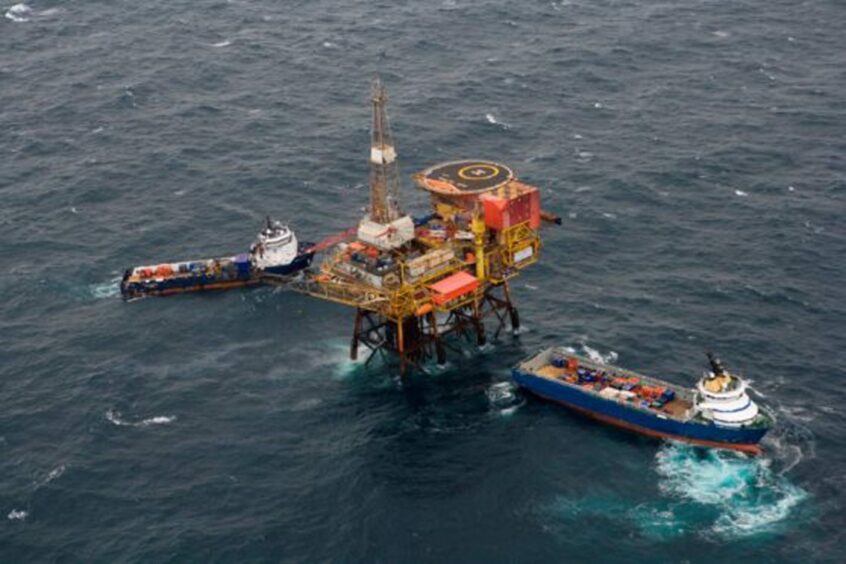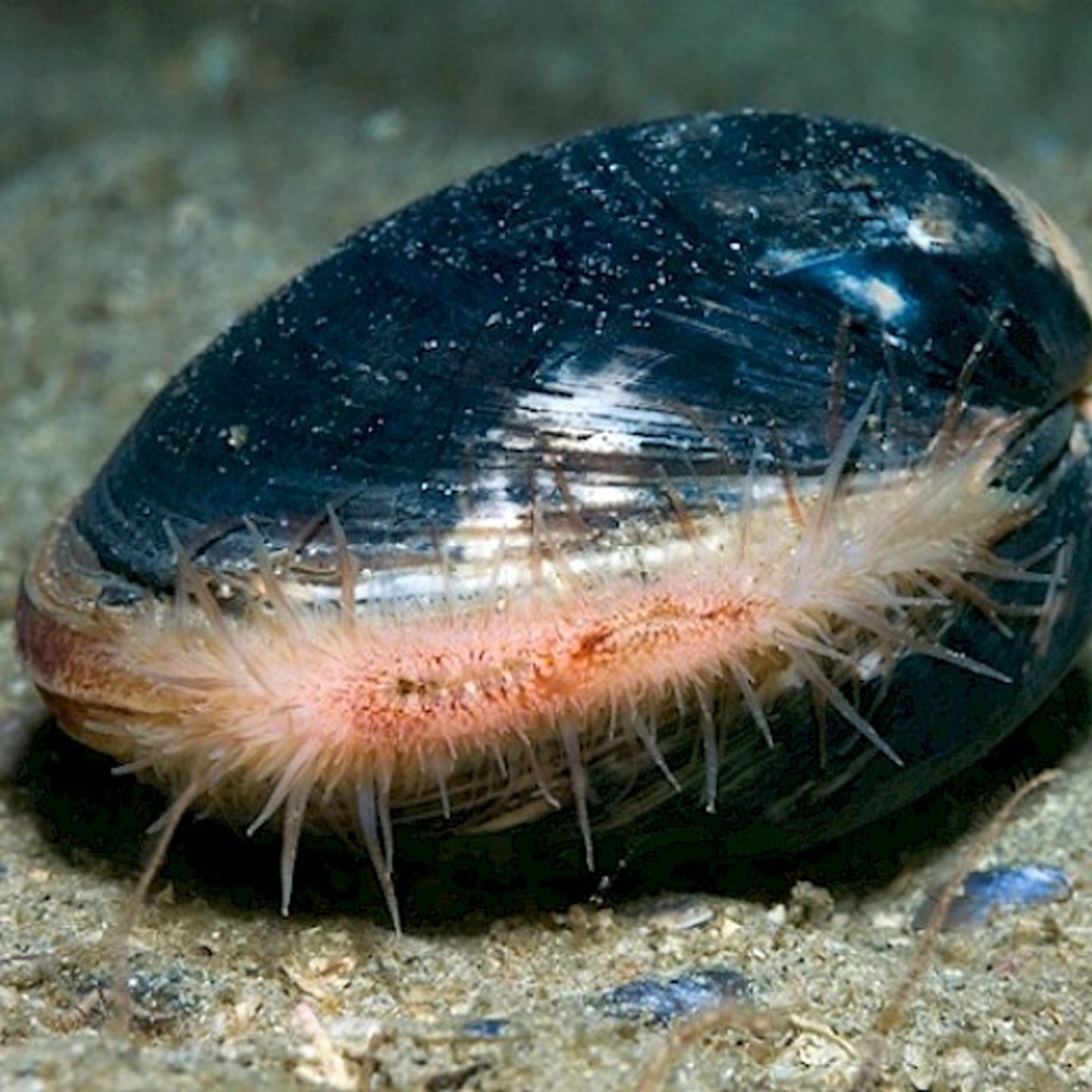
A North Sea operator has been slammed for the “dangerous and damaging” release of tonnes of oil into a marine protected area in the UK.
HSE figures have shed light on a six-and-a-half-tonne leak from the Repsol Sinopec Auk A platform in September.
Union bosses and activists have slammed the damage to industry and to the environment as a result of the spill, 155 miles south-east of Aberdeen, in an area home to underwater clams which can live as long as 500-years – one of the oldest living creatures on the planet.
By weight, the North Sea oil spill surpasses the six-tonne gas leak from the Valaris Norway jackup rig in August at the BP Mungo field, and marks the 11th “significant” release of hydrocarbons in the sector for 2022 (classified so far).
Senior directors should be uneasy
Jake Molloy, regional organiser of the RMT union, questioned whether executives are remaining vigilant amid this spate of incidents.
He said senior directors should be “feeling uneasy in their respective office chairs”.
“This is a sector under the microscope right now and events like these have the potential not just to cause harm to people and the environment, but serious reputational damage for individual operators and the industry generally.
“These events should focus the minds of senior execs, vigilance must be maintained to sustain the UK operation.”
Repsol Sinopec confirmed the incident and said it took “all necessary steps to immediately rectify the situation and minimise any impact to our people or the environment”.
A spokesperson added that all relevant authorities were informed and maintaining safe operations is “paramount” to the company.
Both the Repsol Sinopec incident and Valaris/ BP incident took place as the industry this year marks the 35th anniversary of Piper Alpha, the worst offshore disaster in the world measured by loss of life.
North Sea oil spill in marine protected area
The Auk field lies within the Fulmar Marine Conservation Zone, designed to protect rare, important or threatened species under the sea.
Fulmar has been designated in part because of having seven different species of Ocean Quahog; which fisheries experts say can live for more than half a millennia.
Tessa Khan, director of the Uplift environmental campaign group, said: “Spills on this scale are dangerous and damaging, particularly as this was a marine protected area. It’s also worrying to see so many spills so early in the year.”
Ms Khan also raised questions around whether cutbacks are impacting safety.
“What’s as concerning is that some oil and gas companies appear to be using the windfall tax as an excuse to make cutbacks, including laying off workers. Given the exceptional profits these firms are making, there must be no cutbacks where safety is concerned.
“Indeed, a share of these profits should be going to workers and into making conditions as safe as possible.”
As regards the impact on sea life, Paul Fernandes, professor of Fisheries Science and Technology at Heriot-Watt University, said as the spill was in deep water, the chances of creatures being dispersed “are greater” than if they were at shore, but “it is possible that there would be localised adverse effects on the ocean quahogs”.
He added: “Ocean quahogs are remarkable for being one of the longest living animals, with a life span of over 500 years. Because of this, information gathered from their shells allows scientists to detect volcanic eruptions and ice ages from centuries ago.
“The population of ocean quahogs in the North Sea is concentrated in the south, although patches of high densities can occur in the north. The area where this spill occurred did not have very high densities when data was last examined in 2009.
“So, I would have thought that the damage to the population would not be significant.”
Recommended for you


 © Supplied by Kami Thomson/ DC Tho
© Supplied by Kami Thomson/ DC Tho © Supplied by OSPAR
© Supplied by OSPAR